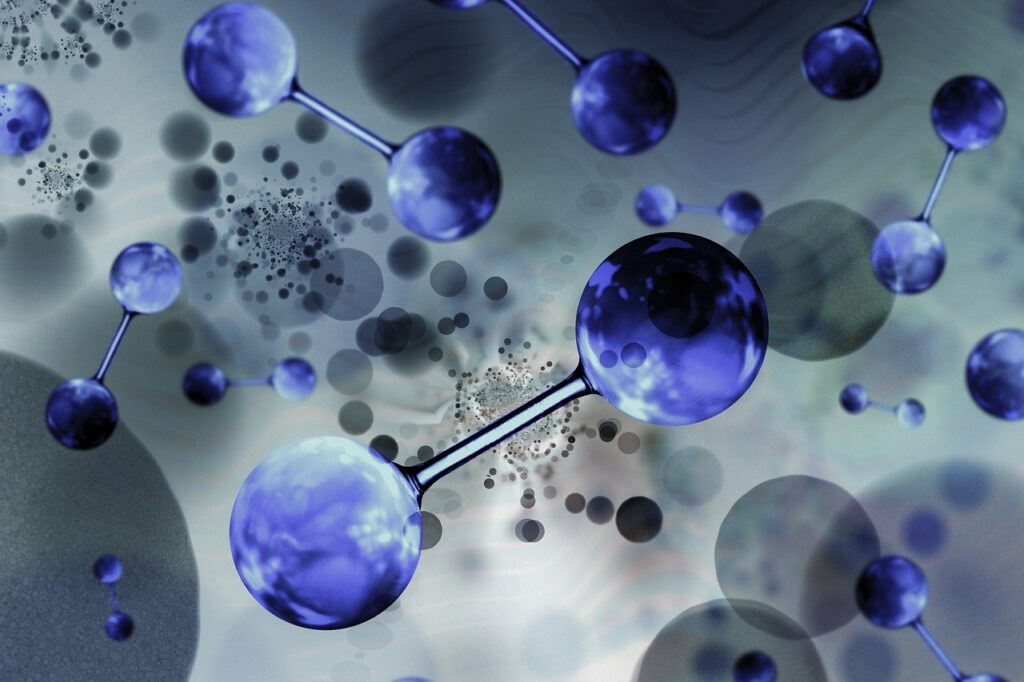A team of researchers from the Technion Faculty of Materials Science and Engineering has introduced a revolutionary technology for producing green hydrogen using renewable energy.
This technological leap, recently featured in Nature Materials, showcases significant advantages over existing processes, promising to lower costs and expedite the adoption of green hydrogen as a sustainable alternative to fossil fuels.
The primary goal of this innovative technology is to address the environmental challenges posed by conventional hydrogen production methods, which predominantly rely on fossil fuels. Hydrogen, when used as a fuel, stands as a cleaner alternative, emitting only water during combustion and significantly reducing greenhouse gas emissions.
The researchers envision this breakthrough as a pivotal step towards realizing a net-zero carbon emissions target, a crucial milestone in combating global warming and climate change. With estimates suggesting that green hydrogen could comprise around 10% of the global energy market at net zero emissions, the technology’s potential impact is vast.
Conventionally, hydrogen production involves processes using natural gas or coal, resulting in what is termed “gray hydrogen” or “black hydrogen.” These methods contribute to approximately 2.5% of annual global carbon dioxide emissions. The new technology aims to replace these carbon-intensive processes with a cleaner alternative, known as “green hydrogen.”
The breakthrough is centered around an innovative electrolysis technique, named E-TAC, which eliminates the need for expensive membranes, gaskets, and sealing components. Unlike traditional electrolysis, where hydrogen and oxygen are created simultaneously in the same cell, E-TAC produces them at different stages, significantly reducing operational costs.
Building upon the success of E-TAC, the researchers at Technion now present a novel process where hydrogen and oxygen are produced simultaneously but in two separate cells. This advancement, developed by Ilia Slobodkin and team, addresses operational challenges and limitations, offering a continuous process without temperature changes.
The key innovation lies in replacing the solid electrode used in E-TAC with a NaBr aqueous electrolyte in water. This replacement facilitates a continuous process, eliminating the need for alternating cold and hot electrolytes. The bromide anions in the electrolyte are oxidized to bromate, producing hydrogen in a cathode. The electrolyte then flows to a different cell, converting back into its original state while generating oxygen.
